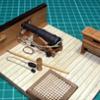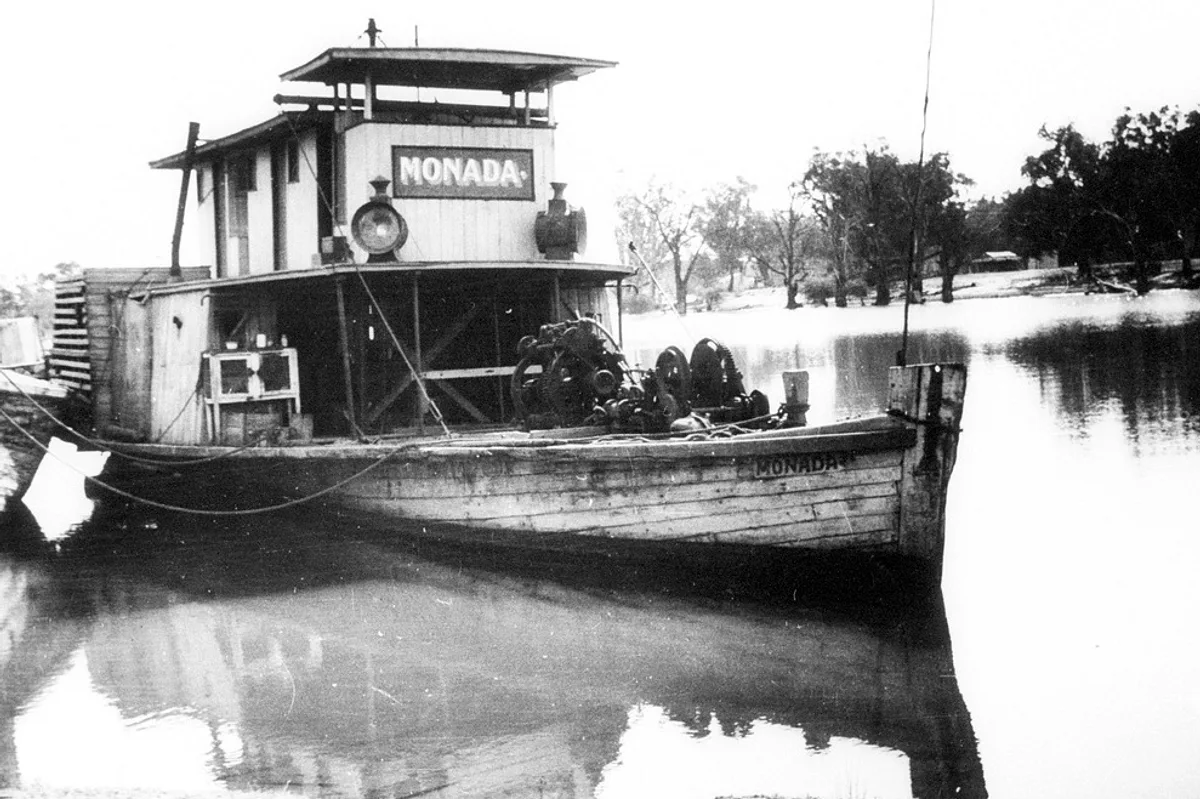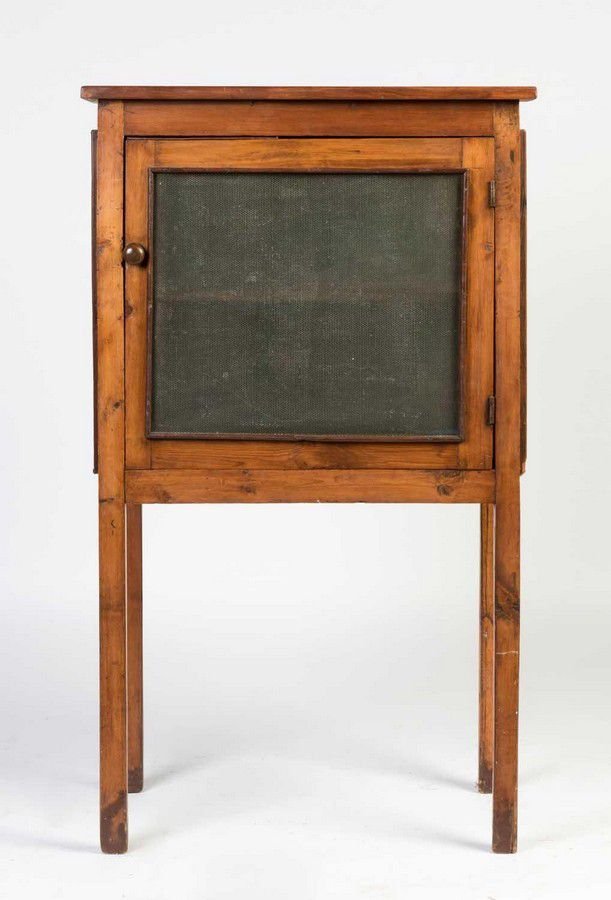-
Posts
5,948 -
Joined
-
Last visited
Content Type
Profiles
Forums
Gallery
Events
Everything posted by BANYAN
-
Great to see you back Keith, I have been missing your build. Sorry to hear of the trials and tribulations with your renovation mate; seems insurance appointed builder same the same world wide - the cheapest builder they can find who then tries to 'screw us out of every dollar they can'. Mine had the hide to inform me that he had bought a large fishing boat from his profits and then had buy a large 'white rock'; for the missus to compensate. cheers Pat
-
A great result, and excellent work on this SIB model Glen, my first thought was 'Oh my singed whiskers' - that would have been 'warm work' in the bow. Can't wait to see what idea you generate for your next extravaganza. cheers Pat
- 156 replies
-
- Queen Annes Revenge
- bottle
-
(and 1 more)
Tagged with:
-
That is stunning work Ilhan. Very precise joinery and metal smithing at that scale. cheers Pat
-
Well that's a relief Glen, I can ease off on the 'pucker' factor' now Great job and excellent description on how to get the job done, football distractions aside. lets hope some of those reflections still show once yopu add the waves etc. cheers Pat
- 156 replies
-
- Queen Annes Revenge
- bottle
-
(and 1 more)
Tagged with:
-
In my proposal for a 'cool safe' I mentioned seeing these on some Murray River (Victoria/NSW, Australia) paddle steamers. Here are two photos of PS Adelaide I took some years back with a cool safe on the roof of her fore cabin structure. I also found one on the 'net' in a BLOG about Murray River paddle steamers (but failed to not the blog - sorry), and a close-up of a cool safe that was advertised on a local auction site. I hope these are useful Keith. As I mentioned in a PM to Keith, I have seen these in a more ovalised/rounded shape also but cannot find a photo. One 'fly in the ointment' though, note the shape and colour of the navigation light pole on the wheelhouse roof. Maybe a potential candidate also (although a little smaller and less symmetrical in shape than you show). cheers Pat
-
Thanks again, I will take note of that as it is a skill I still wish to acquire (I simply draw up my requirement and someone else does my PE - It will be useful to do myself if needed in the future.) cheers Pat
-
I have assumed the appropriate level of 'pucker factor' and eagerly awaiting the outcome of your intrepid operation Glen. perhaps a good dose of the naval rum (medicinal of course) would help steady the hands? cheers Pat
- 156 replies
-
- Queen Annes Revenge
- bottle
-
(and 1 more)
Tagged with:
-
Keith, the mystery object on the wheelhouse roof ma (or may not) be a 'cool safe' for storing vegetables and sometimes meat? I know that some of our Murray River paddle driven boats/ships had them there. I'll have a quick look to see if I can find my source again (but please don't hold your breath while waiting - may not be able to find it again). cheers Pat
-
Looks great Glen. Might I suggest a couple of dangling lines and blocks as a result of parted rigging due to all those canon ball holes through the sails? Sorry mor work, and may interfere with your lifting mechanism when in the bottle - just a suggestion. cheers Pat
- 156 replies
-
- Queen Annes Revenge
- bottle
-
(and 1 more)
Tagged with:
-
Glen, looks good and the grate certainly gives the right impression. @Keith Black where do you find those pics - love it. If you can, can then ...
- 156 replies
-
- Queen Annes Revenge
- bottle
-
(and 1 more)
Tagged with:
-
A tribute to your patience and 'left-of-field' solutions Glen, quite the outcome you have achieved. cheers Pat
- 156 replies
-
- Queen Annes Revenge
- bottle
-
(and 1 more)
Tagged with:
-
That is impressive work Ilhan, there appears to be some commonality between some of the fittings between your build and mine. cheers Pat
About us
Modelshipworld - Advancing Ship Modeling through Research
SSL Secured
Your security is important for us so this Website is SSL-Secured
NRG Mailing Address
Nautical Research Guild
237 South Lincoln Street
Westmont IL, 60559-1917
Model Ship World ® and the MSW logo are Registered Trademarks, and belong to the Nautical Research Guild (United States Patent and Trademark Office: No. 6,929,264 & No. 6,929,274, registered Dec. 20, 2022)
Helpful Links
About the NRG
If you enjoy building ship models that are historically accurate as well as beautiful, then The Nautical Research Guild (NRG) is just right for you.
The Guild is a non-profit educational organization whose mission is to “Advance Ship Modeling Through Research”. We provide support to our members in their efforts to raise the quality of their model ships.
The Nautical Research Guild has published our world-renowned quarterly magazine, The Nautical Research Journal, since 1955. The pages of the Journal are full of articles by accomplished ship modelers who show you how they create those exquisite details on their models, and by maritime historians who show you the correct details to build. The Journal is available in both print and digital editions. Go to the NRG web site (www.thenrg.org) to download a complimentary digital copy of the Journal. The NRG also publishes plan sets, books and compilations of back issues of the Journal and the former Ships in Scale and Model Ship Builder magazines.








